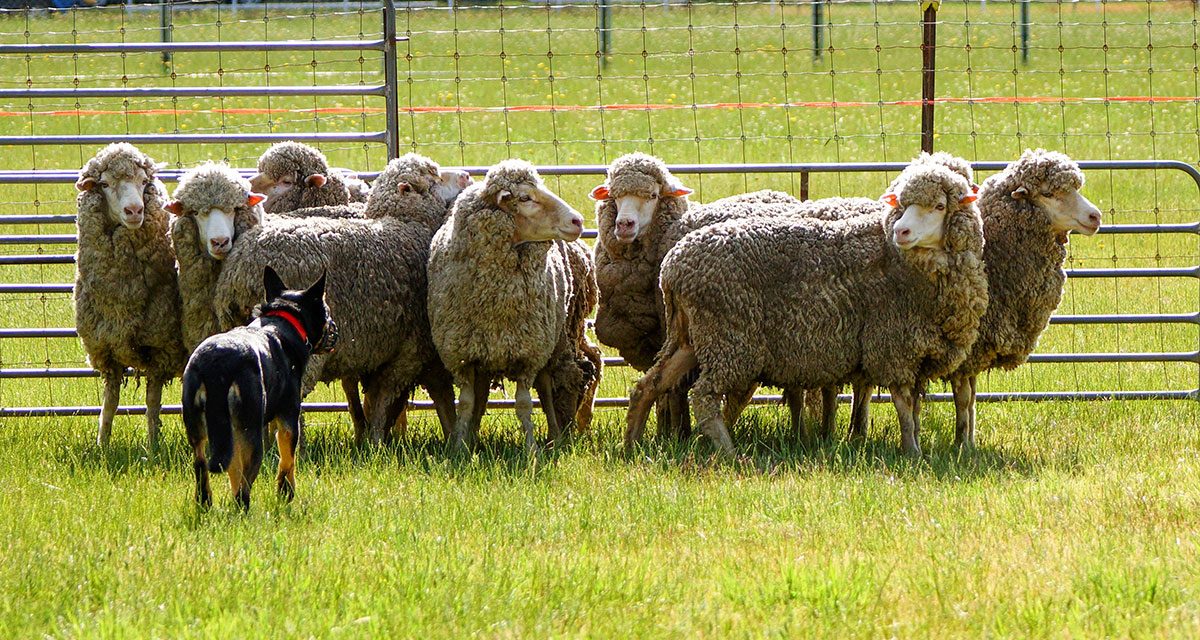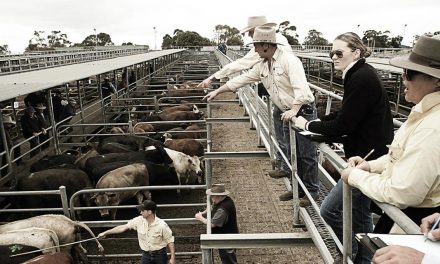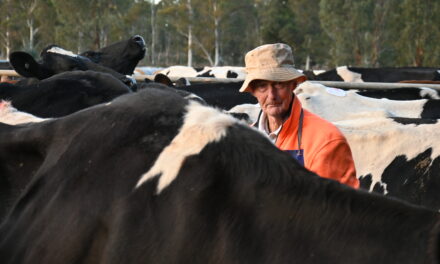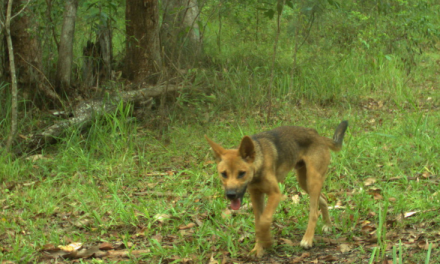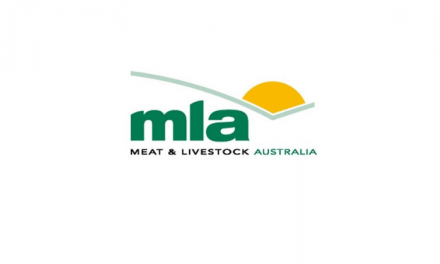Hypocalcaemia, more commonly known as milk fever, is a deficiency of calcium in the blood, with cases in pregnant ewes expected at this time of year.
It may be prevented by adding a calcium supplement, or by giving dry roughage to sheep on lush feed.
Milk fever usually occurs in mature, fat ewes during the last six weeks of pregnancy or the first 10 days after lambing, although other classes of sheep may also be affected.
Hypocalcaemia often follows time off feed or stressful events such as shearing, crutching, transport, mustering, yarding.
Cases of hypocalcaemia can also occur during exposure to inclement weather.
Hypocalcaemia usually occurs on either rapidly growing pasture, green cereal crops, when feeding grain, or on pasture that has oxalate containing plants such as sorrel and soursob.
Cases of hypocalcaemia are often weak or down ewes and can be confused with pregnancy toxaemia (twin lamb disease).
Some notable differences between the two conditions is that hypocalcaemia has:
• a rapid onset;
• affected sheep remain alert;
• cases occur on lush feed rather than lack of feed;
• a good response to the appropriate treatment is seen.
Sheep affected with hypocalcaemia should be treated as a matter of urgency with calcium solution, often known as 4-in-1, given under the skin.
Calcium solution is readily available from a veterinary practice or rural merchandiser.
For further information please contact your local veterinarian or Agriculture Victoria animal health staff on 136 186.
For more information about managing during drought and dry seasonal conditions go to agriculture.vic.gov.au/dryseasons

